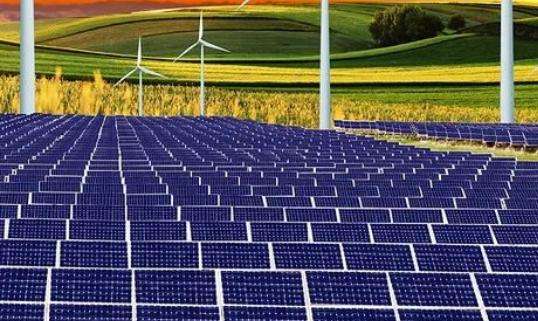Machines that use wind to carry out work require a wind turbine. The first windmill was a simple wind generator invented by a former Persian slave named Abu Rohra. In 650 BC, Rolla swore to people that he had found a way to use wind as energy to replace animal power. Her oath piqued the interest of the slave owner, who decided to let Laura try. So the clever slave built the world's first windmill.
The Rolla Windmill is a brick tower-shaped building with two large air vents on its walls. There is a large rotating shaft inside, with wind blades woven from reeds mounted on the shaft. Wind enters through one vent to push the blades to spin, then exits through the other vent. This type of wind turbine is suitable for places where wind and snow are relatively constant all year round. Later, windmills were widelyused in Persia. In 950 AD, two Islamic geographers visited Persia and were amazed by this pioneering work of harnessing wind power, and recorded these experiments in the annals of history.
I want to make a small domestic wind turbine (direct current motor to produce electricity). Who can explain the process, the principle (and the adaptation of the gears) to me? with high scores
Lever principle, the longer the arm, the lower the force required, so the long fan blades can also be blown by small winds. The larger the surface area of the fan blades, the greater the air resistance. If the fan blade is very wide and a strong wind blows, the fan blade will be blown over by the wind. Wind turbines are used to absorb wind energy rather than block it. The three-leaf blades and the low lwidth (strength) currently used can absorb wind energy to the maximum when rotated. The widening of the blades will affect the air flow through the blade rotation plane, which is not conducive to the absorption of wind energy when the wind speed v1 in front of the rotor rotation plane and the wind speed v2 behind the aircraft are in a certain ratio. , the yield is the highest at 59.3%. In comparison, the so-called material savings, costs and charging issues are not major problems. The key is to use this form to achieve higher absorption efficiency. If you are interested, you can search for Bates theory and Ye Su theory. Does the low-strength, few-blade wind rotor allow most of the airflow to escape? Low solidity wind turbines operate at high speeds and the linear speed of the blades is several times higherat the speed of the wind. They can sweep away most of the passing airflow, leaving only a small portion that does not pass through the blades. the passing airflow turns the blades and most of the wind energy is harnessed. Many experiments have been carried out at home and abroad to select the appropriate number of blades. Two, three and four blades are commonly used choices for wind turbines, with three blades being the most used. Of course, the choice of three blades also depends on the structural strength, manufacturing cost, noise, appearance and other reasons of the wind turbine. The multi-blade wind rotor has high strength and a relatively low wind energy utilization rate. But multi-blade wind rotors also have advantages. The output torque of a wind rotor with the same diameter is much higher than that of a wind rotor with small blades, and it has a strongstarting ability at low wind speeds, so this is often the case. used in rural water pumping and grinding. In areas where the wind speed is stable, especially in areas with low wind speed, it is possible to achieve better wind energy utilization effects by using 4-8 blade wind turbines in operation. different uses.
Power generation process:
Fan blade---gear box---DC motor---rectifier bridge (polarity protection )----battery
Principle:
The wind turns the blades (similar to the blades of an electric fan) and drives the gearbox so that the speed of the DC motor exceeds rated speed. At this time, the voltage generated on the motor will generally be equal to the operating voltage of the motor. 24 V is selected because the battery usually has these voltages.
Difficulty:
To make a gearbox, you need to calculate the transmission ratio. For example: the rated speed of the motor is 3000, the fan blade rotates 10 times per minute, and the motor end reaches 3000 through the gearbox. At present, the gear ratio is 1:300.
The above data is obtained from the small power manual generator model I made and is for reference only. reference only.














